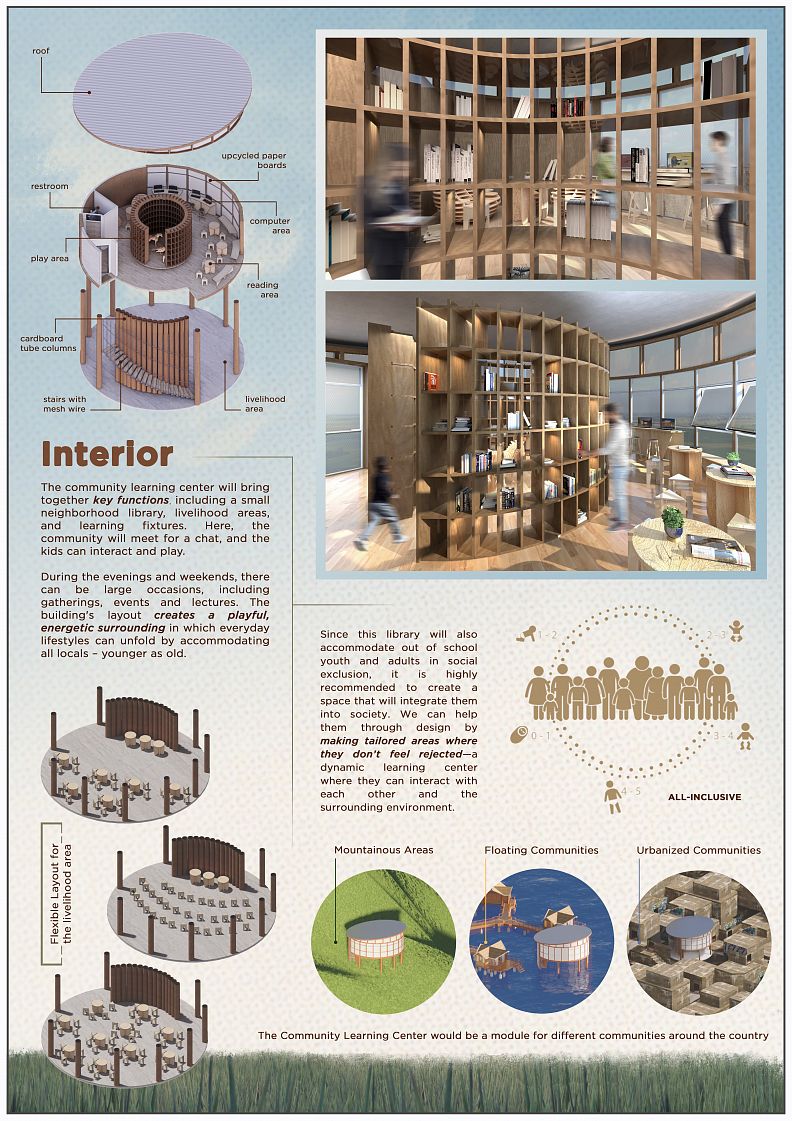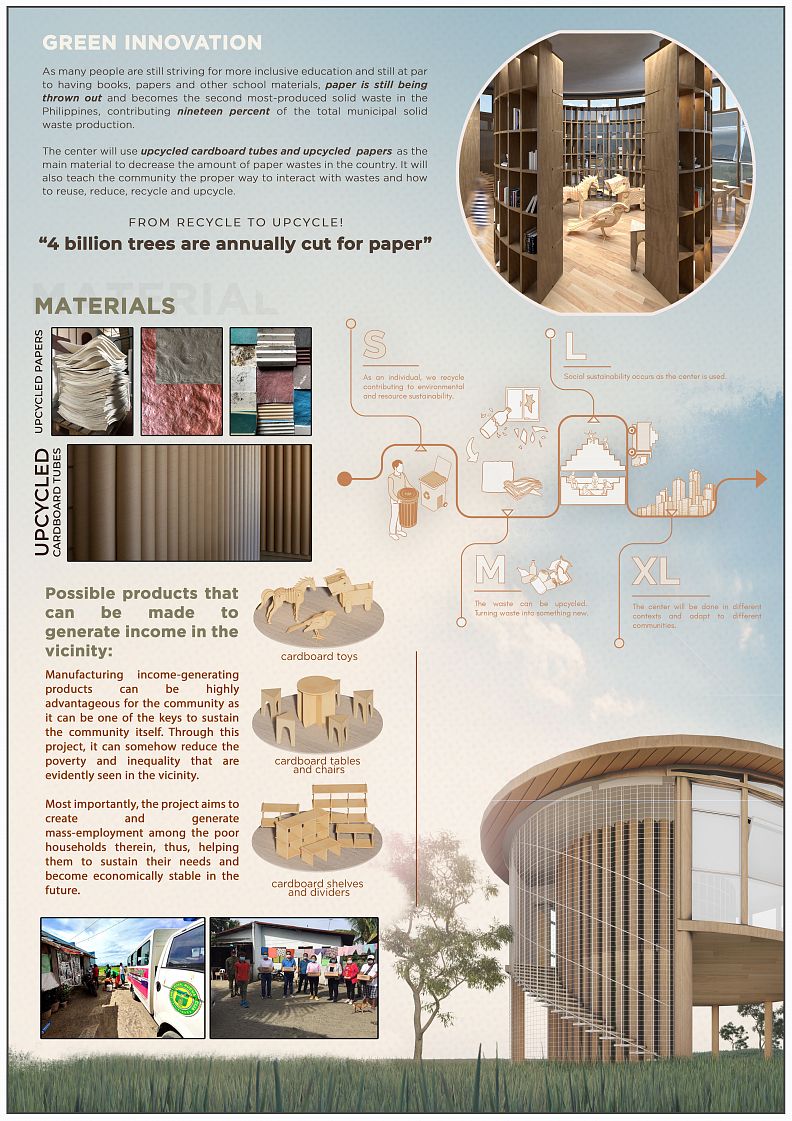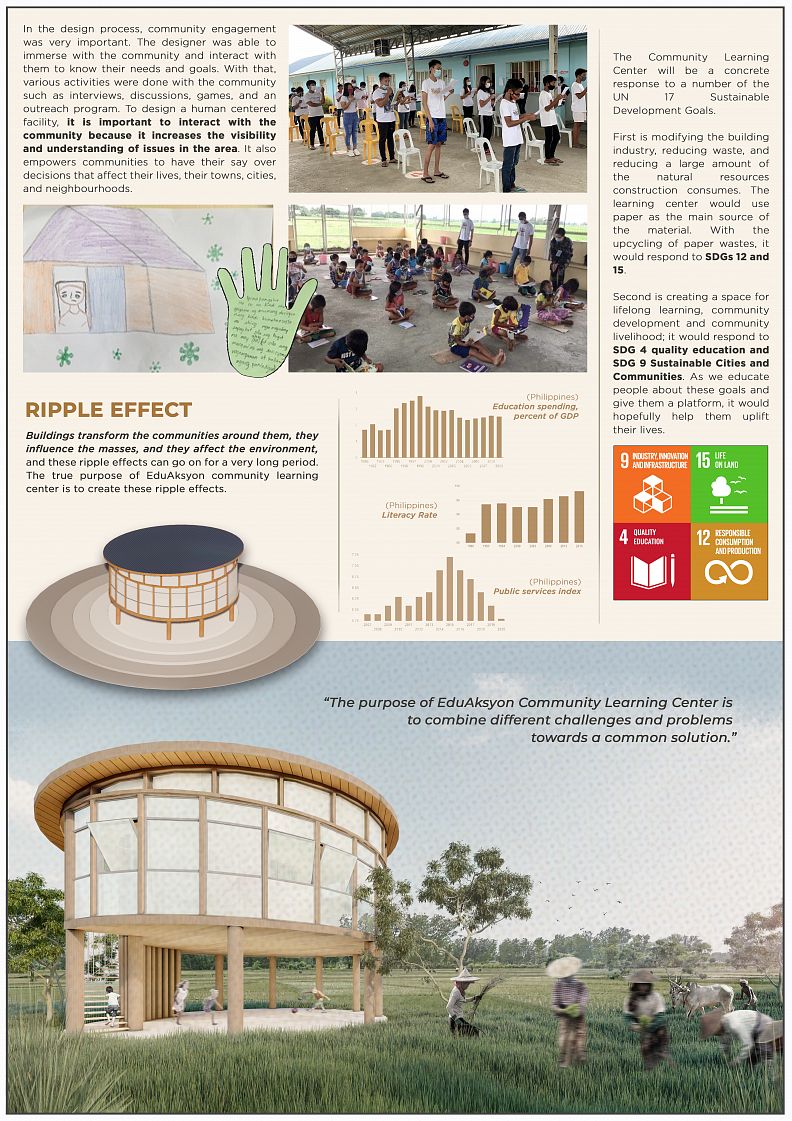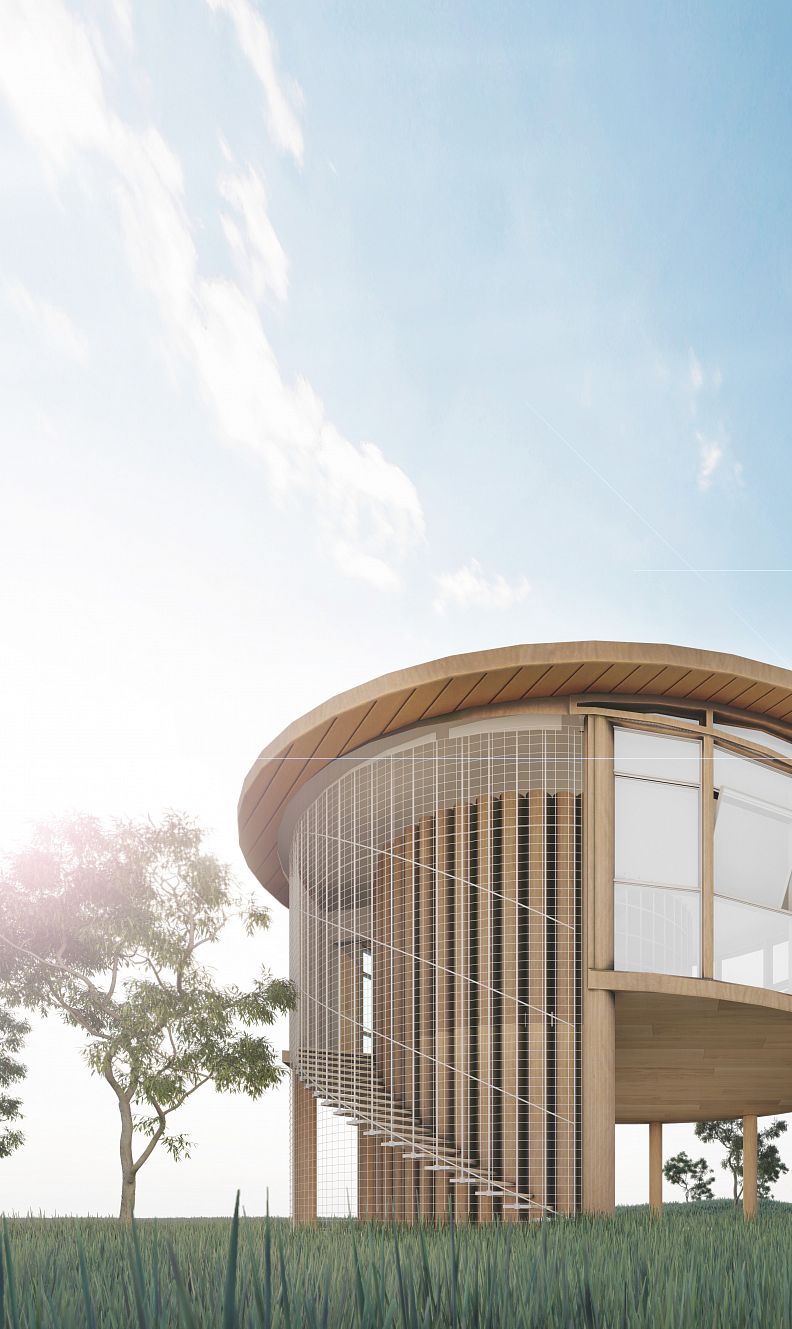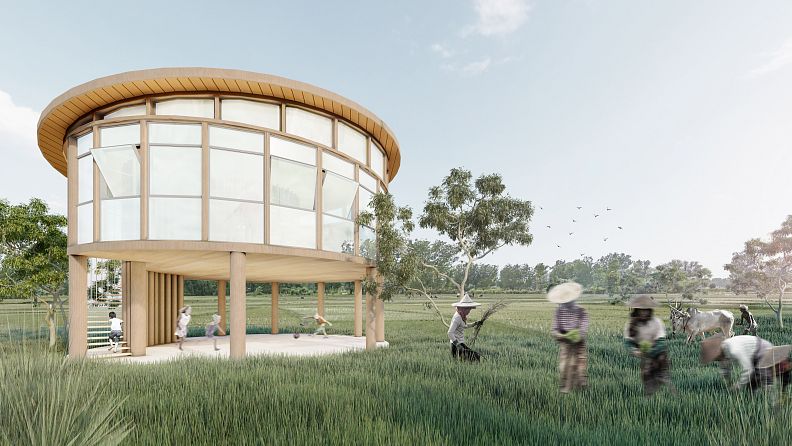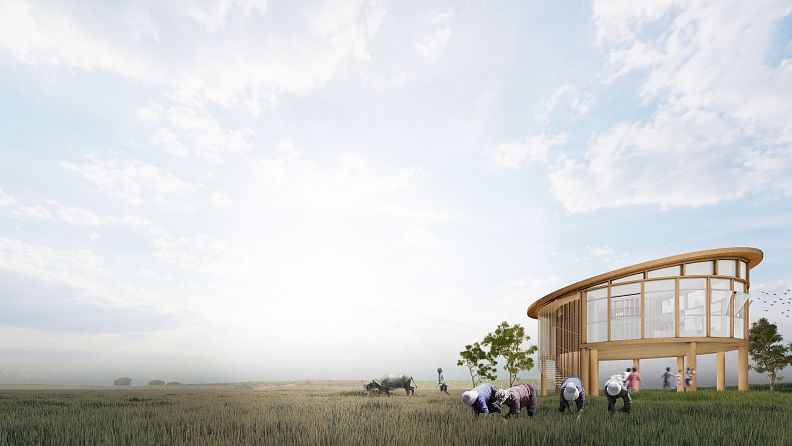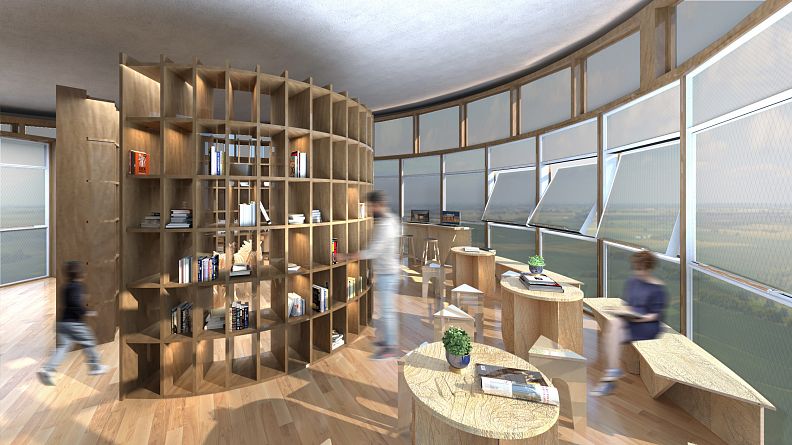EduAksyon Community Learning Center

Project idea
Community development as a tool for Nation Building
Addressing issues in the country at the grassroot level is the key to national development because these national issues are a collection of local problems. By tapping into the barangay areas and local communities, it provides a space for communities to address local issues, find common ground and balance competing interests. With the EduAksyon Community Learning Center, it would not only give the community an infrastructure but it would also be a reflection of the community’s real needs and values.
The idea of a Community Learning Center is designed as a centralized space where observations and conversations are the educational tools designed to facilitate learning, to enable the development of the most delayed sectors of the country, especially in rural areas. It would be a centralized think tank for the communities with a focus on public interactions and community development.
Project description
The Community Learning Center will be a concrete response to a number of the UN 17 Sustainable Development Goals and the Ambisyon 2040 Goals. First is reducing wastes and the large amount of the natural resources and energy that it consumes. The learning center would use paper as a main source of material. With the upcycling of paper wastes it would respond to SDGs 9, 12 and 15. Second is creating a space for lifelong learning and community development; it would be a response to SDG 4 quality education and SDG 12 Sustainable Cities and Communities. With all these developments it would hopefully end all poverty . Along with sustainable development goals it also sa response to the Ambisyon 2040 which is the local goals of the country that aims that the life of all Filipinos in 2040 will be “Matatag, Maginhawa at Panatag na Buhay” Finally, Community Learning Center would be a module for different communities around the country and maybe around the world
Technical information
High Amount of Paper wastes
As many children as are still striving for a more inclusive education and still at par to having books, papers and other school materials, paper is still being thrown out and becomes the second most produced solid waste in the Philippines, contributing nineteen percent of the total municipal solid waste production.
The project will use paper cardboard tubes as the main material to decrease the amount of paper wastes in the country. It will also teach the kids the proper way to interact with their natural environment.


